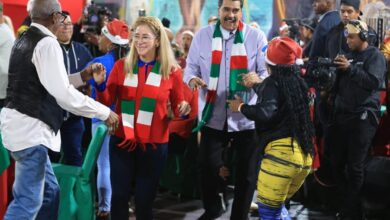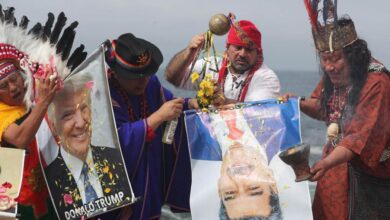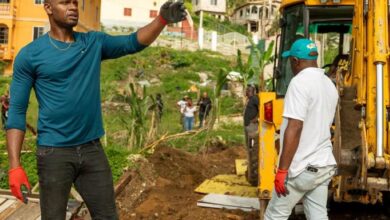That’s how the 8-M marches went around the world
Listen this article
With torches and cries for equality, millions of women and men marched in cities around the world in a feminist strike on the occasion of International Women's Day
The feminist movement of March 8, 8-M, began in 2018 and in its second edition, people from all over the world participated. Especially in Latin America and in Spain, the marches led to protest against the governments for aspects such as equality, abortion and, in general, the vindication of women in society.
Leer en español: Así fueron las marchas del 8-M en todo el mundo
Read also: Latin America: 4 women who sweep politics
The feminist struggle, which in recent months has been strengthened by movements like #MeToo, has as its main purpose to ensure the rights of women. However, in each country they manifested for different purposes: for example, in Argentina the main slogan was against abortion, in Mexico to protest against femicides, similar to Spain, where they watched over the lives of women. In Brazil and Paraguay they fought against labor reforms and the governments of Jair Bolsonaro and Mario Abdo Benitez.
Collectives, social organizations, unions and political sectors gathered to protest in the main squares of the cities. As it could be foreseen, due to the impulse that Argentina has had in this feminine fight, Buenos Aires was the epicenter of this great international march. In the streets of this city, more than 500,000 people, according to El Cronista, met to protest and criticize the government of the president of this country, Mauricio Macri.
Multiple activities in 8-M
The torches were protagonists of the world events of Friday, March 8, but the protests were not the only thing. As a symbol, the torches sought to show that "now the fire is ours against all the nefarious working conditions that women live," said one protester in Colombia, according to RCN.
But around the world there was also music and dance performance, as well as workshops, talks and festivals alluding to women. In some countries, especially in Europe, the mobilizations were not only held on Friday, but throughout the week there were activities that sought to put women as protagonists.
The rest of the world also felt feminine power
Although the epicenter of the marches was in Latin America, with the participation of hundreds of thousands of people in the capitals of these countries, Spain was the second, after Argentina, that more people called. According to El País, more than 770,000 people gathered in Barcelona, Madrid and Valencia, also ensuring that around 149 towns in the country had small demonstrations as well.
The United States was another of the great participants. Although in this country there is another march that has been taking place since Donald Trump became president, and takes place in January, in cities such as Los Angeles, Washington and New York, the people marched with the slogan of an "advance towards a feminist future "and business with gender equality, according to Infobae.
Also read: United States: crisis in the march of women?
Italy, Germany and Belgium are some of the European countries that also participated in the movements of this day. Although with much less significant participation, with around 10,000 attendees, according to the Manager portal, these countries showed an important advance. For example, Italy, having a traditionalist and conservative history, shows the importance of the march reaching there.
The United Kingdom, like the United States, already has its own march in previous days. On January 19, precisely this year, 100 years were celebrated when women could vote, so thousands of people attended the demonstrations that day. However, for this weekend they have planned cultural and social activities that revolve around women in major cities.
LatinAmerican Post | Juliana Suárez
Translated from "Así fueron las marchas del 8-M en todo el mundo"






